For Suite, I've launched a theme called "When I was a kid". The basic premise is my take, as someone who grew up in the freewheeling seventies, on today's much more complicated parenting ethos. I'm also the parent of a soon-to-be 10-year-old boy--did I mention that? Here are some pulled-from-my-life stories that show how much things have changed out there:
My worst moment as a sports mom is about my occasionally embarrassing efforts to avoid becoming a pushy sports parent.
The ball hockey game that launched a thousand emails examines parenting, fear and safety in the digital age.
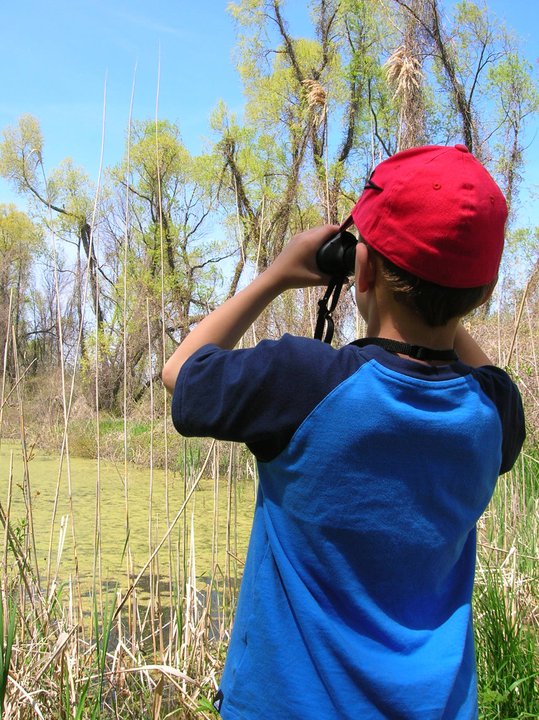
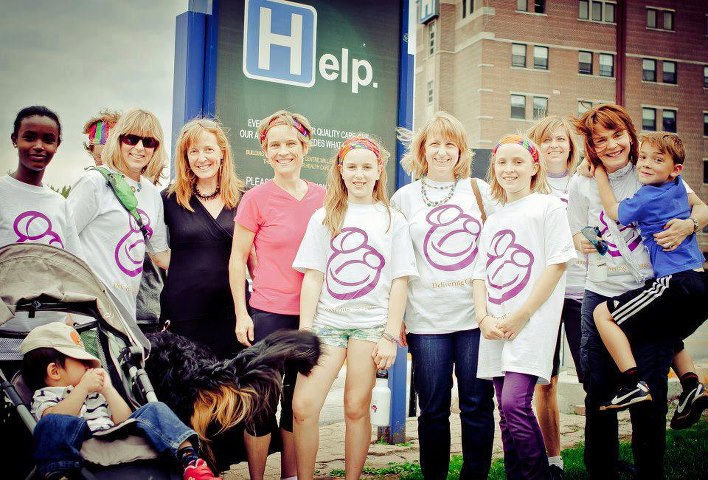


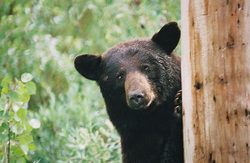
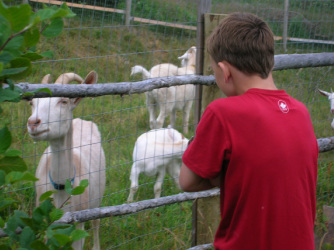
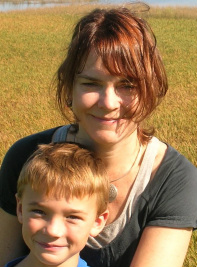
 RSS Feed
RSS Feed
